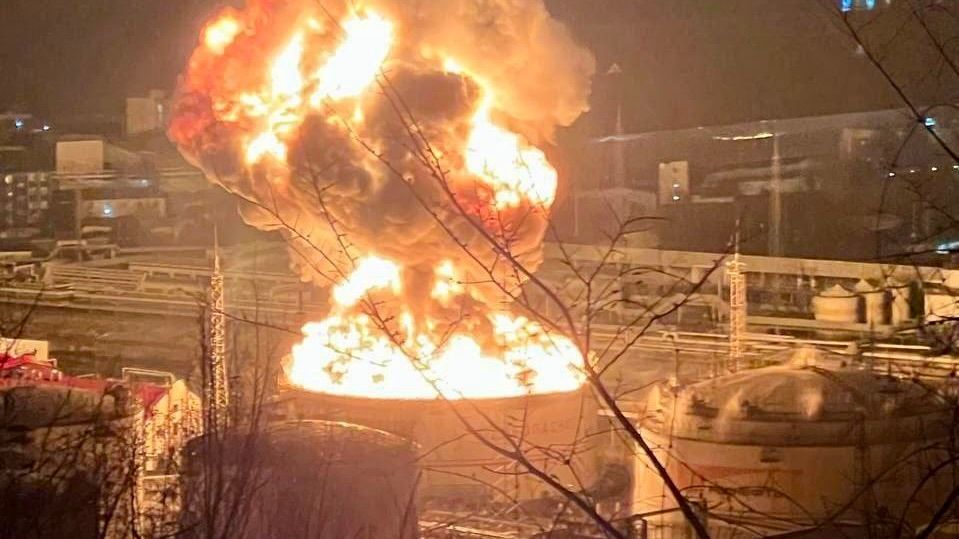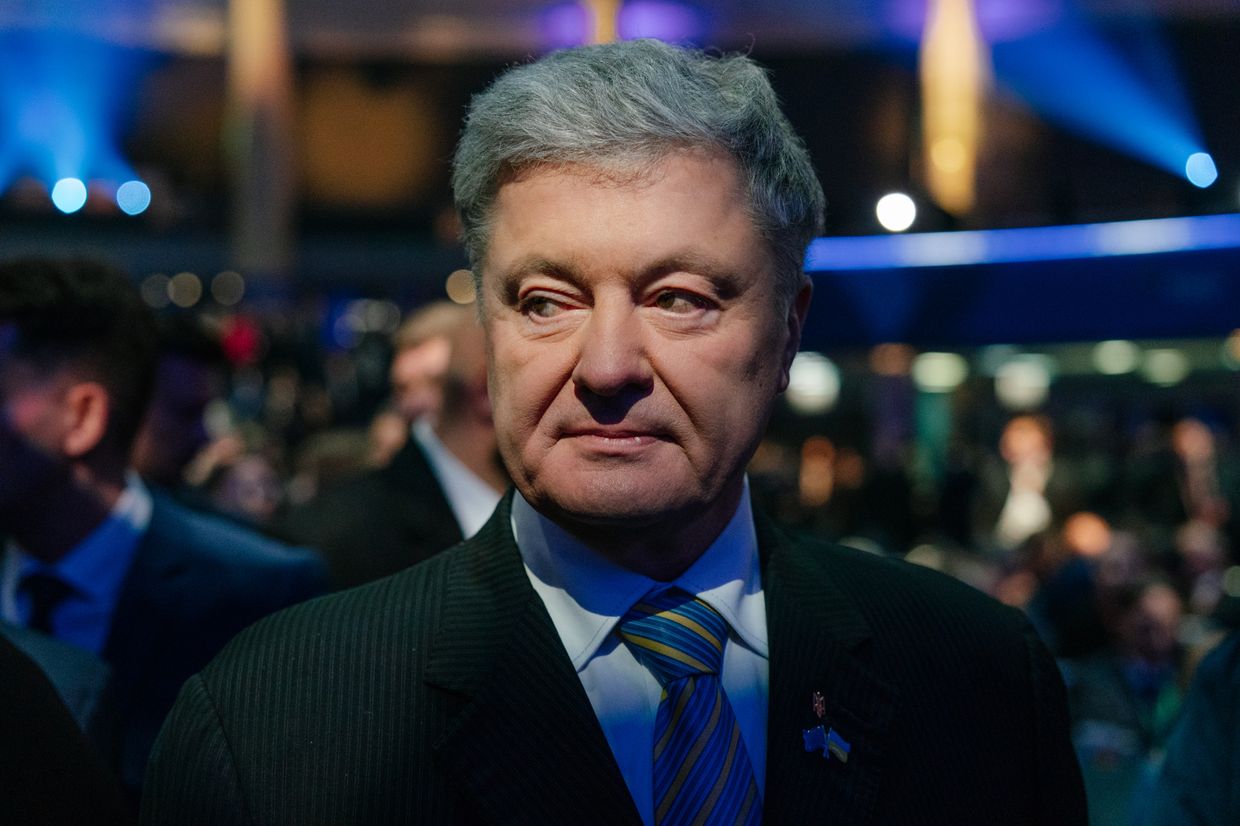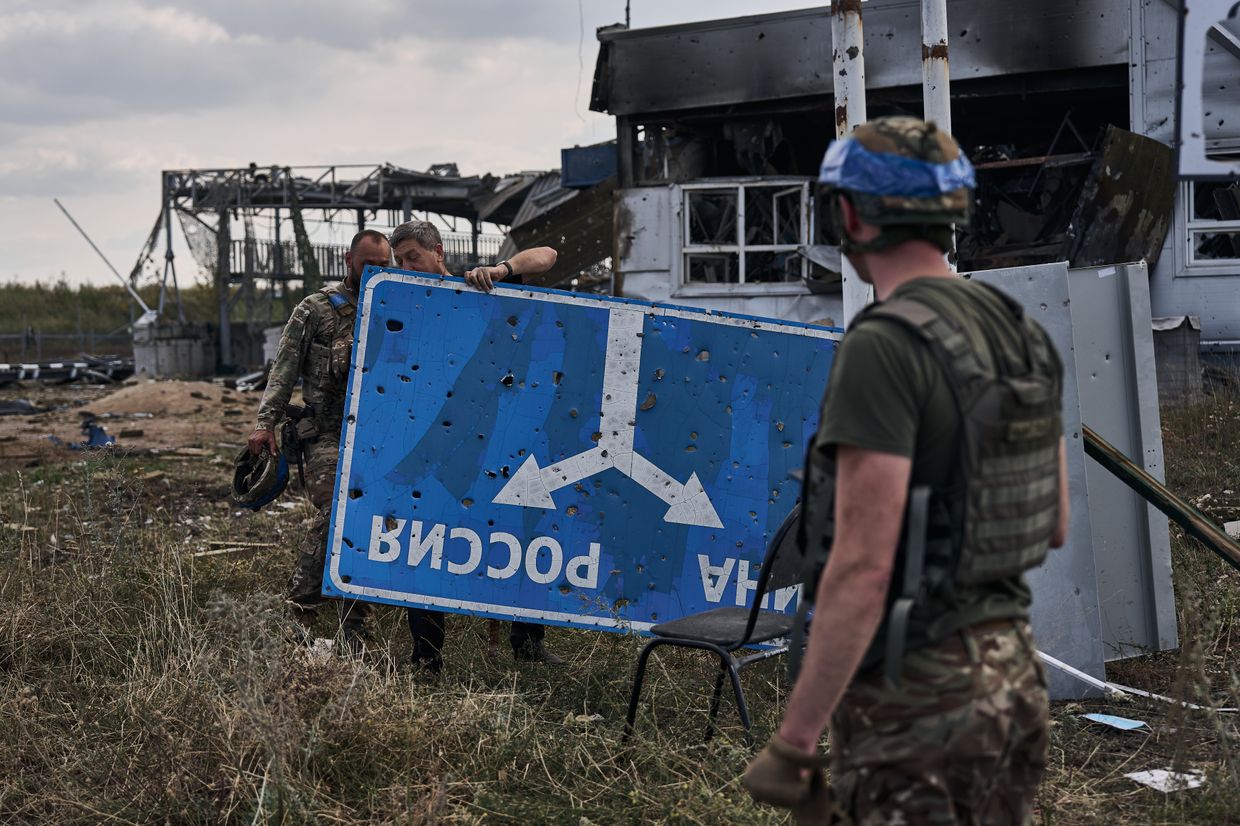Belarus’ authorities are on full alert ahead of upcoming presidential elections in January 2025, new wave of police raids target relatives of political prisoners.
Belarusian police conduct counter-protest drills to prevent “manifestations of extremism and terrorism” during the election campaign.
Russia’s military doctrine was updated, covering Belarus with a Russian nuclear umbrella. No change in the U.S. nuclear posture.
Polish broadcaster TVP appoints new leadership to flagship Belarusian-language channel Belsat amid heated debate over the channel's independence and future.
Record 49 Russian Shahed-type drones entered Belarus’s airspace in October, Belarusian Hajun monitoring group reports.
Belarusian political prisoners’ relatives targeted in new police raids ahead of presidential elections
The Belarusian authorities have launched another wave of raids and arrests across the country ahead of the presidential elections scheduled for Jan. 26, 2025, targeting political prisoners’ relatives, human rights activists reported on Nov. 15.
Since the previous presidential elections in 2020, which sparked nationwide protests, over 3,500 individuals have been recognized as political prisoners by human rights organizations. Nearly 1,300 of them remain behind bars. Over the four-year-long crackdown on dissent in Belarus, 65,000 people have been subjected to politically motivated persecution.
Belarus’s KGB security agency unleashed a new round of raids on Nov. 14, targeting the relatives of political prisoners in the country’s Hrodna and Brest regions, and in the capital Minsk, according to reports by human rights groups Viasna, Dissidentby, and the “Country to Live In” foundation.
The raids constitute the third attack in a “terror campaign” this autumn, potentially targeting several hundred people, says Andrei Stryzhak, the head of Solidarity Foundation BYSOL, a group helping to evacuate dissidents from Belarus and assisting those suffering from persecution in the country.
The activist said the raids were occurring against the backdrop of an “imaginary thaw” in relations between the regime and its opponents, coinciding with the release of 31 political prisoners and the permitting by the authorities of a family visit to Maria Kalesnikava, a prominent opposition leader who had been held incommunicado for over 600 days.
According to BYSOL’s leader, this round of repression has hit the northern Belarusian regions of Polatsk and Navapolatsk.
With the rapid approach of the presidential election, to be held ahead of schedule on Jan. 26, 2025, the regime of Belarusian dictator Alexander Lukashenko has launched a “pre-election intimidation campaign,” human rights activists from the Viasna Center report.
Belarusian police conduct ‘extremism and terrorism prevention’ exercises ahead of presidential elections
Belarusian police are to conduct exercises in Minsk and regional centers to ensure “the prevention of manifestations of extremism and terrorism” ahead of the January presidential elections, the Interior Ministry announced on Nov. 19.
The 2025 Belarusian presidential elections, scheduled for Jan. 26, are intended to extend the rule of the country’s dictator, Alexander Lukashenko, for a seventh consecutive term in office. The previous presidential race sparked protests nationwide after the pro-Lukashenko Central Elections Committee announced his victory amid widespread claims of vote rigging.
The police drills, which were scheduled to take place between Nov. 19 and 22, were to “demonstrate the readiness” of the police to respond to possible “complications of the situation in the country during the election campaign.” The exercises involve practicing street closures, and using smoke, flash and gas bombs and special equipment to disperse protests.
“The goal (of the exercises) ... is to prevent manifestations of extremism and terrorism, the involvement of citizens in illegal actions, and the suppression of violations of public order,” the Interior Ministry said in a post on its official Telegram channel.
A video accompanying the post shows the detention of alleged offenders, scenes from a polling station, and shots of riot police countering groups of people with placards.
Belarus Security Council Secretary Alexander Volfovich said the exercises were routine ones, but claimed that exiled opponents of the Lukashenko regime “are using all levers and opportunities to try to sway the situation again.”
Sviatlana Tsikhanouskaya, the Belarusian opposition leader who claimed to have beaten Lukashenko in the 2020 presidential election, said the exercises were intended to intimidate the opposition. “Training to suppress citizens isn’t a sign of strength – it’s a sign of fear,” she wrote on X.
Putin approves new nuclear doctrine allowing nuclear response to attack on Belarus
Russian President Vladimir Putin has signed Russia’s updated nuclear doctrine, providing for nuclear retaliation in the case of armed aggression against Belarus, according to a presidential decree published on the government website on Nov. 19.
The revised deterrence policy suggests that “aggression against the Russian Federation and its allies by a non-nuclear state with the support of a nuclear state” could trigger a nuclear response.
The updated doctrine also considers any large-scale cross-border attack involving aircraft, missiles, or drones to be grounds for consideration of a nuclear strike. The publication of the doctrine comes on the heels of the United States giving Ukraine permission to strike targets in Russia with the U.S.-supplied long-range missiles.
The White House National Security Council said that Russia’s lowered threshold for nuclear retaliation did not come as a surprise, but also provided no reason for the United States to adjust its own nuclear posture.
Putin first proposed making changes to the doctrine on Sept. 25 amid discussions in the United States and the U.K. about allowing Ukraine to strike deep into Russian territory with Western-supplied long-range conventional missiles.
Belarusian dictator Alexander Lukashenko, an ally of the Kremlin, welcomed the inclusion of Belarus under Russia’s nuclear umbrella, saying it was “long overdue.”
“An attack on Belarus is World War III,” Lukashenko said on Sept. 27, alleging NATO countries were deploying troops at the border with Belarus.
Although a non-nuclear state, Belarus reportedly has Russian nuclear weapons deployed on its territory following the signing of the agreement on May 25, 2023 on placing Russian non-strategic nuclear weapons on Belarusian territory. Lukashenko also attended Russian nuclear military drills, during a sudden inspection of the country’s tactical nuclear weapons launchers in May 2024.
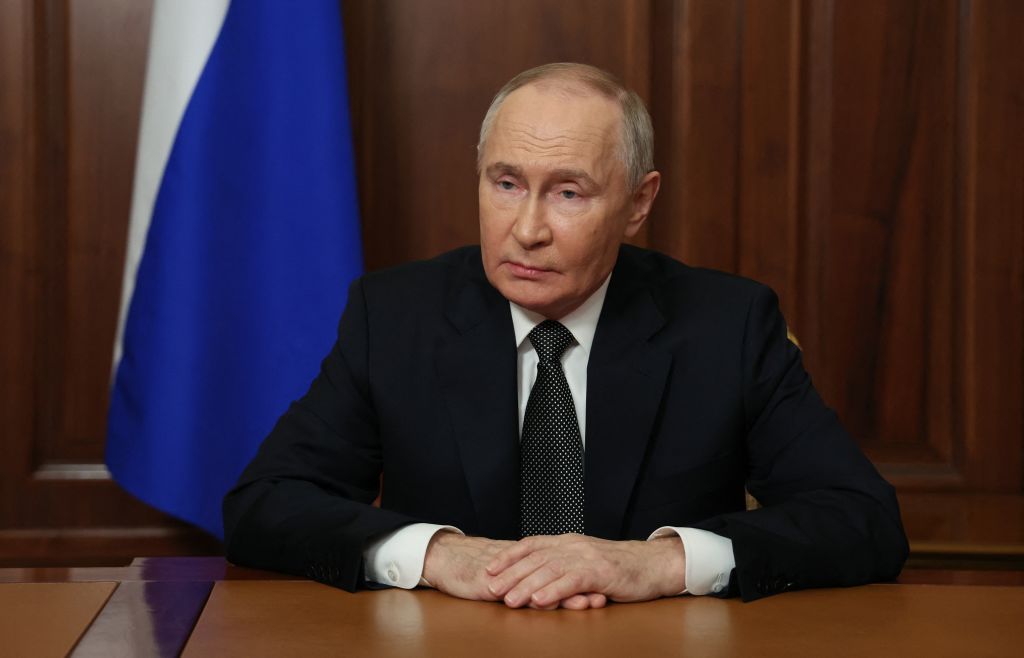
Belarusian Hajun: 49 Russian Shahed-type drones crossed into Belarusian airspace in October
Forty-nine Russian Shahed-type combat drones entered Belarus’s airspace in October — the highest number recorded in a month, the Belarusian Hajun war monitoring project wrote.
Russian Shahed-type drones began to cross regularly into Belarus in July this year, with Ukraine reportedly using electronic warfare measures to send the drones off course. Amid intensified attacks against Ukraine in subsequent months, incursions of Russian drones into Belarus surged from infrequent, isolated instances to 27 stray drones being spotted over Belarus in September.
Throughout October, 33 stray drones returned from Belarus to Ukrainian territory, while the location of 14 was lost, according to the monitoring group. One drone crashed in Kalinkavichy, roughly 60 kilometers from the Ukrainian border, overnight on Oct. 3, after three Shahed drones flew into Belarusian airspace.
Lukashenko was traveling by helicopter over the country at the time of the drone incursion.
Another UAV was downed by the Belarusian Air Force over the country’s Homel Oblast overnight on Oct. 20. It was the second instance of the Belarusian military downing a Russian UAV since the incursions began.
“At the moment, there is no reason to believe that Russian UAVs of the Shahed-136/131 type will stop flying into Belarus in the near future,” Belarusian Hajun said in its report.
Lukashenko claimed on Oct. 4 that the Belarusian Air Force downs “a lot of drones,” both Russian and Ukrainian, and attributed the incursions to the work of radio-electronic warfare equipment and mistakes by drone operators.
No proof of Ukrainian drones entering Belarusian airspace has ever been presented.
Minsk, Russia’s staunchest ally, has never publicly raised objections with Moscow over the reported drone incidents.
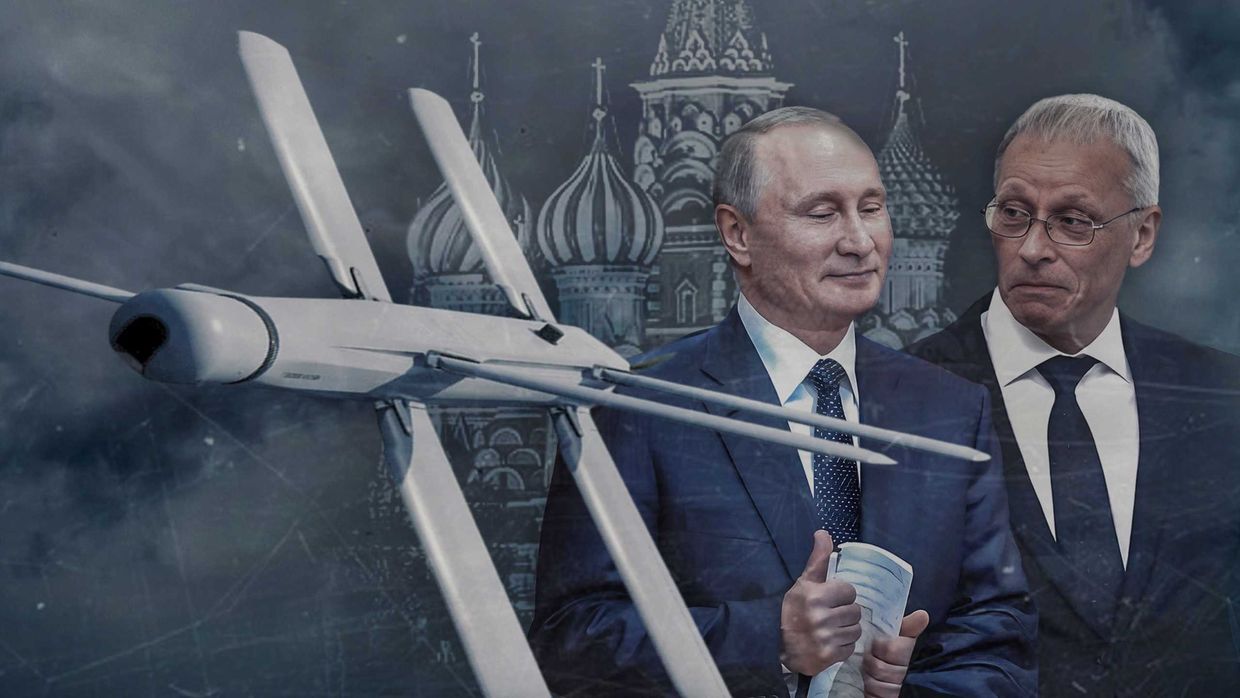
Polish broadcaster merges exiled Belarusian-language TV channel with international editorial office, despite calls for it to remain separate entity
Polish Public Broadcaster TVP has appointed new leadership to its flagship broadcaster for Belarus, Belsat, in a move to integrate the exiled Belarusian-language television channel into its Center for Foreign Language Programs – despite calls for Belsat’s operations to remain independent.
On Nov. 15, TVP appointed Alina Koushyk, a former anchor and producer at Belsat, as the head of the Belarusian editorial office. Koushyk, who had left Belsat two years ago for a role in Belarusian opposition leader Sviatlana Tsikhanouskaya’s shadow cabinet, said, “We aimed to advocate for Belsat to remain an independent channel, but unfortunately, our efforts did not succeed.”
The merger comes amid broader restructuring of Poland’s state media following the defeat of the conservative Law and Justice (PiS) party in the 2023 parliamentary elections, with the new government saying it was seeking to “restore impartiality” to TVP.
The restructuring implies Belsat’s formerly separate airtime will be split into three sections – six hours each for Belarusian-language programming, the Russia-focused news channel Vot Tak, and a Ukrainian-language broadcaster that has yet to be formed.
Koushyk replaces Aleksy Dzikawicki, a co-founder and acting director of Belsat, who on Nov. 19 requested that his contract be terminated. Dzikawicki said he had requested early dismissal to avoid having to carry out an order to formally liquidate Belsat as an independent entity within TVP.
Belsat started broadcasting in 2007 as the first Belarusian-language TV channel, offering coverage in the Belarusian language, which has been gradually excluded from Belarusian public life by the Lukashenko regime.
Belarus is low in the press freedom rating, ranking 157th among 180 countries in 2023.
Almost no independent media are left in Belarus due to the Lukashenko regime’s efforts to stamp out a free press, which have seen 40 media professionals prosecuted, outlets being branded as “extremist,” and punishments introduced for sharing “extremist” content.
The potential downsizing of Belsat to only one of several editorial offices within the Center for Foreign Language Programs has drawn criticism from Belarusian opposition leaders.
However, TVP World director and editor-in-chief Michał Broniatowski has denied that Belsat will lose its independence after the merger, saying “Belsat’s editorial office will be fully Belarusian, there will be no ‘orders’ to cover what the Foreign Ministry wants, or not to cover what it does not want covered.”
In March, Belsat, lost 47% of its total financing from the Foreign Ministry and Poland’s TVP, and its longtime director, Agnieszka Romaszewska-Guzy, was dismissed.
The International Press Institute (IPI) has urged Poland’s Foreign Ministry to reconsider the decision, warning of the “disastrous impact” on the accessibility of independent Belarusian news. While acknowledging Poland’s financial burden, the IPI called for measures to ensure Belsat’s survival as a vital platform for European security.
The restructuring is set to be finalized on March 1, 2025.







